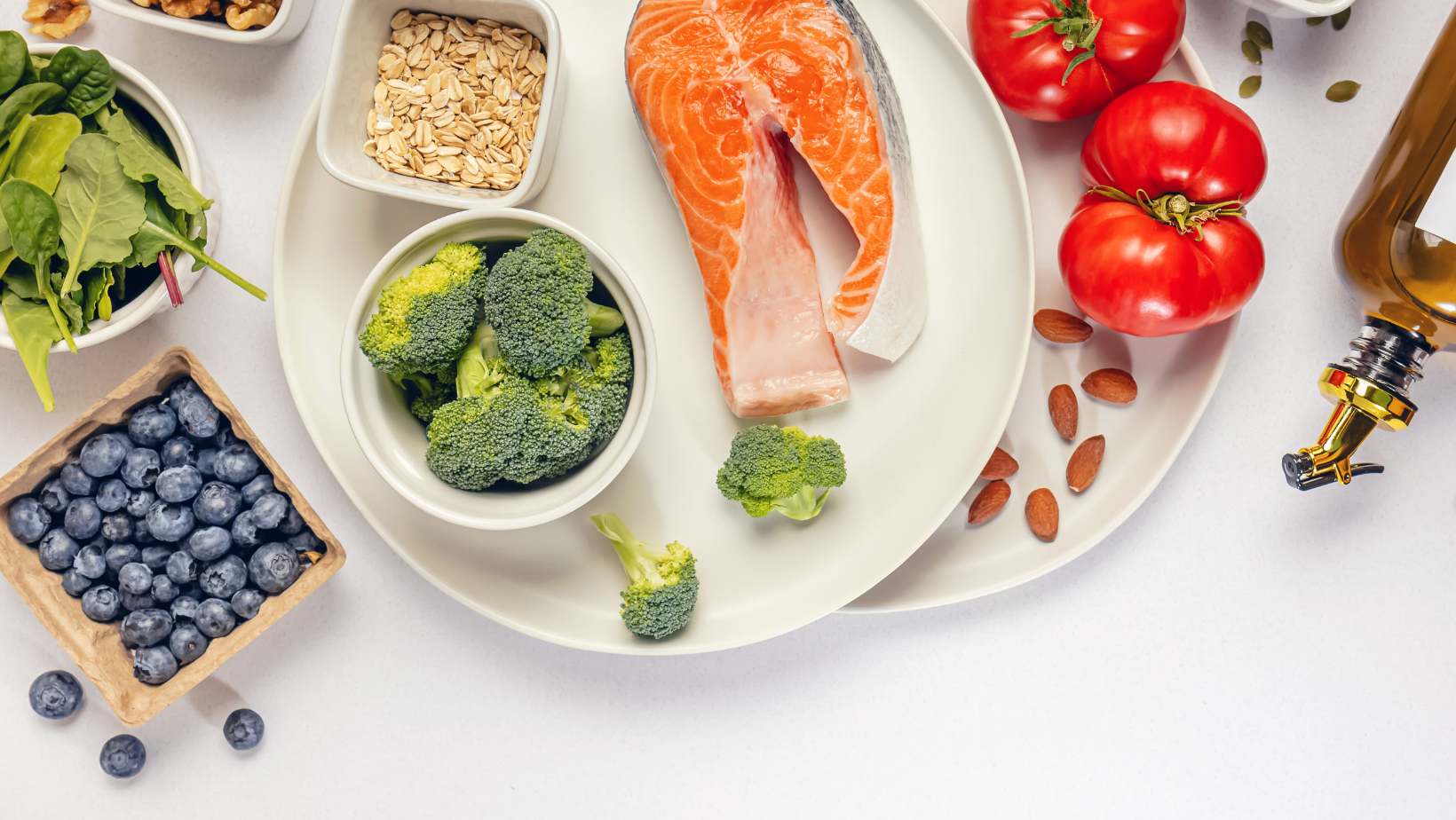The Hidden Flame: Unveiling the Impact of Silent Inflammation on Your Health
In the quest for optimal health and weight management, we often focus on diet and exercise. But what if an invisible force was working against us, sabotaging our best efforts? Enter hidden inflammation – a silent yet potent driver of weight gain and chronic illness that’s taking center stage in the world of health science.
The Inflammation Paradox
Inflammation isn’t inherently bad. It’s a crucial part of our body’s defense mechanism, helping us heal from injuries and fight off infections. But when inflammation goes rogue, persisting beyond its useful life, it becomes a formidable foe to our health and waistline.
The Vicious Cycle
Hidden inflammation creates a troubling feedback loop: it makes us sick and overweight, which in turn fuels more inflammation. Breaking this cycle is key to reclaiming our health and achieving sustainable weight loss.
The Inflammatory Lifestyle
Our modern way of life is a perfect storm for chronic inflammation. Key contributors include:
- Processed and sugary foods
- Trans fats
- Sedentary behavior
- Chronic stress
- Hidden infections
- Environmental toxins
The Allergy Connection: A Hidden Epidemic
One of the most overlooked sources of chronic inflammation is hidden food sensitivities. Unlike acute allergic reactions, these sensitivities often manifest as subtle, delayed symptoms that can be easily misattributed to other causes.
Symptoms of Hidden Food Sensitivities
- Unexplained weight gain
- Fatigue and brain fog
- Digestive issues
- Mood disorders
- Skin problems
- Joint pain
The Leaky Gut Phenomenon
At the heart of many inflammatory issues lies a condition known as “leaky gut” or increased intestinal permeability. This occurs when the lining of the digestive tract becomes damaged, allowing partially digested food particles and toxins to “leak” into the bloodstream, triggering an immune response.
Causes of Leaky Gut
- Poor diet high in sugar and low in fiber
- Overuse of antibiotics and other medications
- Chronic stress
- Environmental toxins
The Food-Information Connection
We often think of food simply as fuel, but it’s so much more. Food is information, sending signals throughout our body that can either promote health or trigger inflammation. Phytonutrients found in colorful plant foods provide anti-inflammatory benefits, while certain foods can act as inflammatory triggers for sensitive individuals.
The Alarming Statistics
The prevalence of inflammatory and allergic diseases in the United States is staggering:
- 24 million with autoimmune diseases
- 50 million with allergic diseases
- 30 million with asthma
- Over 60 million with irritable bowel syndrome
These numbers underscore the urgent need to address chronic inflammation at its roots.
The One-Week Reset
Breaking the cycle of inflammation doesn’t have to be complicated. A simple one-week plan can help reset your body and provide valuable insights into your personal inflammatory triggers:
Step 1: Eliminate Inflammatory Foods
For one week, remove common inflammatory triggers from your diet, including:
- Sugar and processed foods
- Caffeine and alcohol
- Common allergens like dairy, gluten, and soy
Step 2: Focus on Anti-Inflammatory Foods
Fill your plate with:
- Colorful fruits and vegetables
- Omega-3 rich foods like fatty fish and walnuts
- Fiber-rich whole grains and legumes
- Probiotic foods to support gut health
Step 3: Support Your Body’s Natural Detoxification
Enhance your body’s ability to eliminate toxins by:
- Staying well-hydrated
- Engaging in regular physical activity
- Practicing stress-reduction techniques like meditation or yoga
Beyond the One-Week Plan
While a week-long reset can jumpstart your journey to reduced inflammation, lasting changes require a long-term approach. After the initial week, slowly reintroduce eliminated foods one at a time, paying close attention to how your body reacts. This process can help identify personal triggers and inform a sustainable, anti-inflammatory lifestyle.
The Bottom Line: A Call to Action
Hidden inflammation represents a significant yet often overlooked threat to our health and weight management efforts. By understanding its sources and taking steps to mitigate chronic inflammation, we can unlock new levels of wellness and vitality. Here are key takeaways:
- Be mindful of potential inflammatory triggers in your diet and environment
- Consider a short-term elimination diet to identify personal sensitivities
- Prioritize gut health through diet and lifestyle choices
- Embrace an anti-inflammatory diet rich in whole, plant-based foods
- Manage stress and prioritize regular physical activity
FAQ: Understanding and Addressing Hidden Inflammation
Q: How quickly can I expect to see results from an anti-inflammatory diet?
A: Many people report noticeable improvements in energy, digestion, and overall well-being within the first week. However, more significant changes, especially in weight and chronic conditions, may take several weeks to months.
Q: Are all forms of inflammation bad?
A: No, acute inflammation is a necessary part of healing and immune function. It’s chronic, low-grade inflammation that poses health risks.
Q: Can stress really cause inflammation?
A: Yes, chronic stress triggers the release of inflammatory chemicals in the body. Managing stress through techniques like meditation, exercise, and adequate sleep is crucial for reducing overall inflammation.
By addressing hidden inflammation, we open the door to improved health, sustainable weight management, and enhanced overall well-being. Remember, small changes can lead to significant improvements. Listen to your body, be patient with the process, and celebrate the journey towards a less inflamed, more vibrant you.
